
We kindly inform you that, as long as the subject affiliation of our 300.000+ articles is in progress, you might get unsufficient or no results on your third level or second level search. In this case, please broaden your search criteria.


Within the EU, the Czech Republic belongs to the countries with unemployment below average. Therefore, it may seem that unemployment benefits and other direct costs connected with unemployment constitute a rather small expenditure. In our paper we show that this first impression is false. This paper comprehensively assesses the impact of unemployment on public budgets. Its contributions are as follows: (1) we discuss the methodological problems that are associated with particular methods of the impact calculation, and (2) we quantify the impacts for the Czech Republic budgets in the years 2010 – 2015 and compare them with other studies. Our results suggest that in 2015 the annual costs of unemployment reached EUR 9.064 per unemployed person. According to other studies, the nominal value of the costs is slightly higher than is the case in Slovakia (as a similar economy) and lower than the results for traditional European countries. The results are also lower when the costs are compared to average labour costs in the economy.
More...
This article discusses the role of gifts and hospitality in Bulgarian peasant tradition in the context of peasant society structure: small and middle size family households organized to overcome difficulties and constraints of an underdeveloped society of „communal capitalism“ where most of the young people could not enter labor market outside villages. Overpopulation results in specific strategies of economic behavior: family members worked to make their households most productive through their efforts, mutual aid between village families in critical moments of agricultural cycle, as well as intensive social interaction in the most important social events in peasant communities: birth, wedding, rites of passage, funerals, calendar customs, rites and holidays, etc. All of them contained gifts exchanges and hospitality that reflect relative social equality and regular exchange of services between families. Most archaic gifts – oral blessings and actions, presented by ritual groups („koledari“, „survakari“, „kukeri“, etc) are directed to positive influence on actual and future fruits of nature and humans health. They are exchanged for material gifts and hospitality. Collective participation in gift exchange and hospitality includes rites aimed to overcome critical moment in the families and villages: long illness or epidemics. All the collective rituals expressed unity against social and natural crises.
More...
The article is dedicated to one of the important moments in the wedding custom inBulgaria – the offering. It traces the ways in which since the second half of the 20thcentury the authorities try to influence the traditional forms of offering. The researchshows the differences in offering in the towns and villages and presents the reasonsfor them. It outlines the main trends in the last tree decades in the exchange of giftsbetween the newly-married couple and the guests which are characterized by theintensive penetration of foreign models.
More...
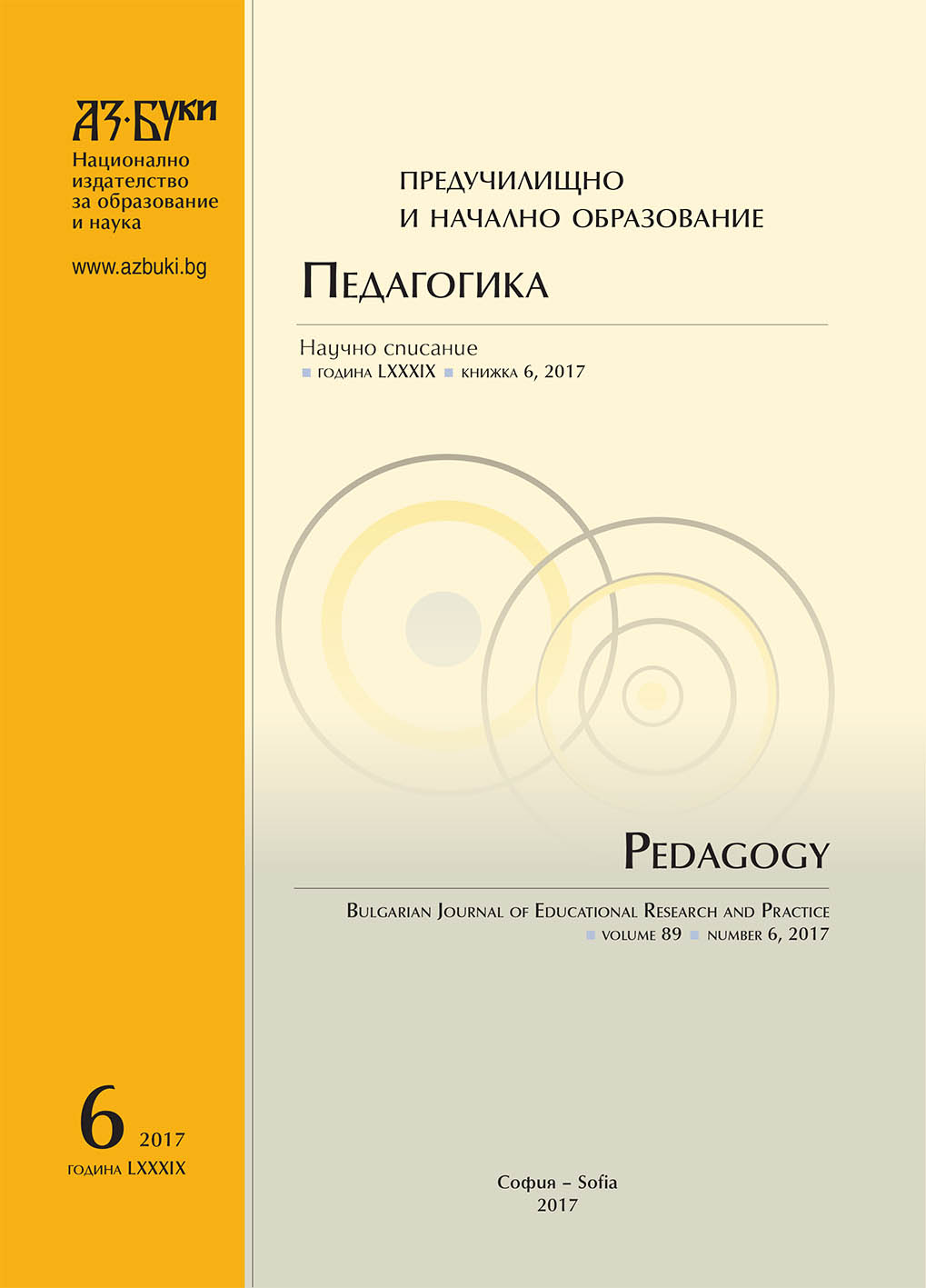
The study examines the values of some students in Zlatitsa Municipality by diagnosing their cognitive activity. In meaningful aspect components, factors, terms and conditions forming the face of their value scope are considered. Some rules for prosperous life, stemming from the teachings of God, are highlighted. The results are recorded, analyzed and described as a real consequence of the modern way of thinking and behavior of young people. There stands out the need for knowledge of God and building a system of values in family and school – based on Orthodox catechism and education.
More...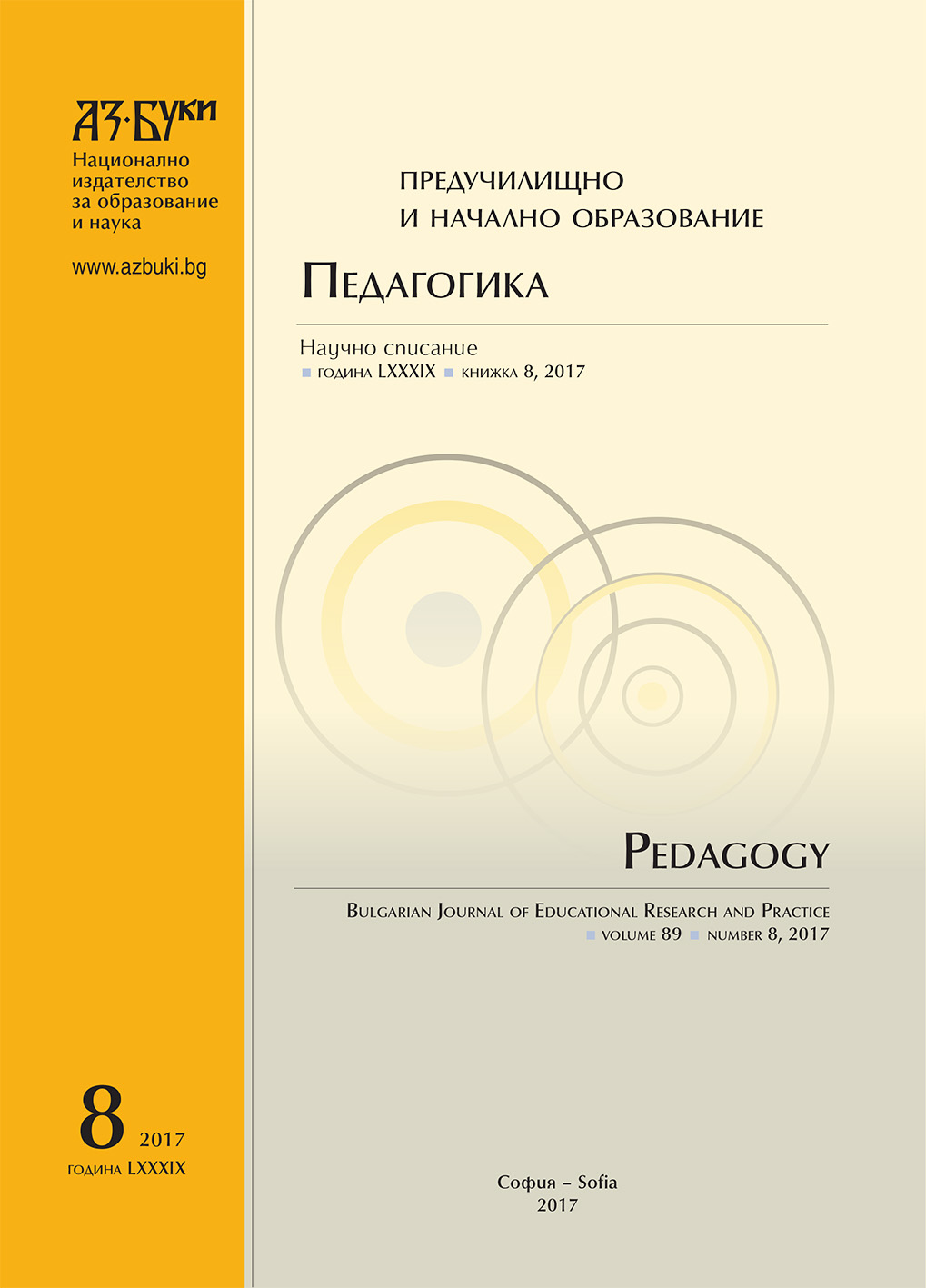
The author supports the thesis that reading has an important place in Bulgarian lessons at primary school level. In support of that are presented practically tested diagnostic tools for measuring reading skills at the beginning and at the end of second class grade.
More...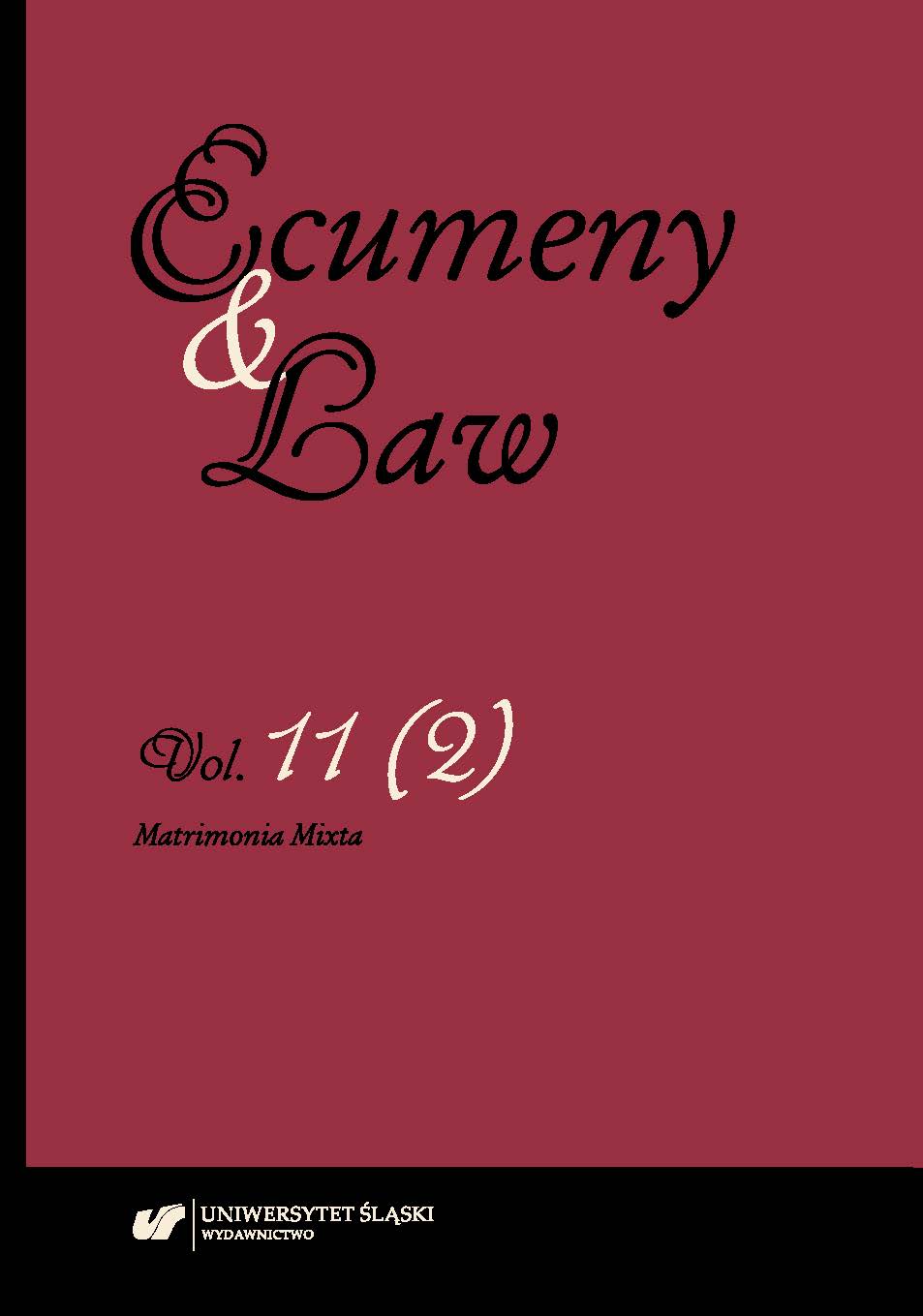
Firstly, the article provides basic information on the biblical teaching on marriage. While the Old Testament sees marriages with numerous offspring as a high value, the New Testament shows a tendency towards celibacy, be it on account of imitating Christ or for the expectation of imminent parousia. The most important author amongst the Fathers of the Church, St. Augustine, made a significant contribution towards forming the Catholic doctrine on marriage upon which drew even the medieval scholastics. In the modern age, the Church complained about the countries which forced their concept of marriage on the Catholic faithful. Even today, the Catholic Church is against the breakdown of marriage by means of divorce. Since the Second Vatican Council, however, there has been a development, for example, as regards contracting marriages between Christians of Catholic and non-Catholic confessions. Prior to the publication of the 1983 Code of Canon Law, this was expressed in the motu proprio of Paul VI Matrimonia mixta, whose regulation did not have to be changed substantially in the Code.
More...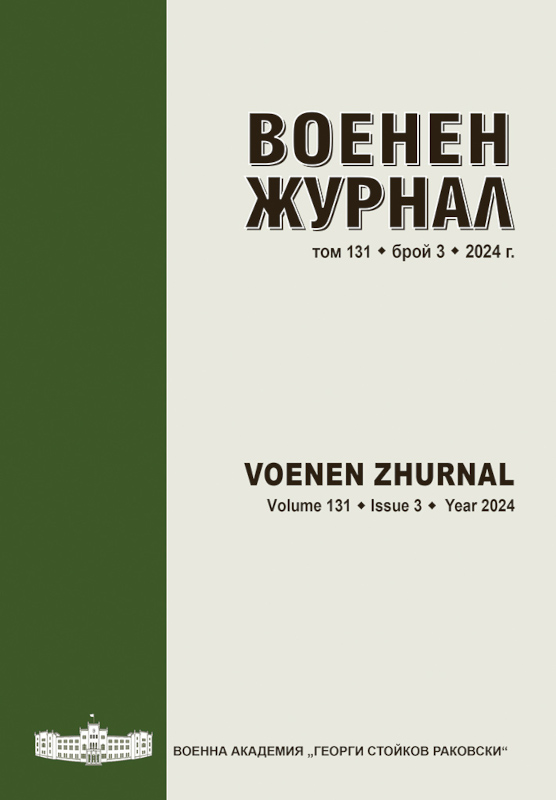
The system for collection, assessment and exchange of data on chemical, biological, radiological and nuclear (CBRN) situation, operating in the Armed Forces, has characteristics that predetermine the possibility of its optimization and its transformation into a system for early warning, notification and monitoring of CBRN contamination, meeting the modern requirements of the troops. There are certain imperfections in the operation of the system related to the long time required for processing and exchanging information, as well as to the reliability and credibility of the transmitted data. They are caused by the unrealized horizontal information links between the system elements, its inability to function as an integrated communication, information and functional structure and the absence of automated devices for determining the wide range of threats.
More...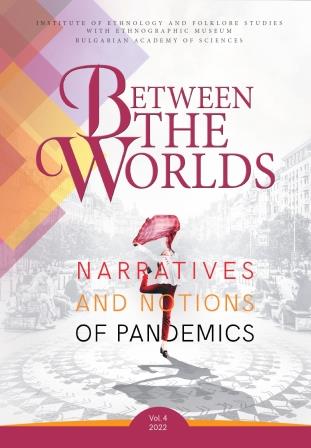
With the high levels of uncertainty and vulnerability created in everyday activities, the COVID-19 outbreak has prompted a proliferation of narratives. Against the official narrative crosscutting the worlds of science, medicine, social measures, and personal responsibilities, many conspiracy theories have emerged. In this study, we examine both the official COVID-19 narrative and various conspiracy theories as conforming to a format called the pending narratives (Törrönen, 2021). Pending narratives are future-directed stories operating on three levels – story, discourse, and norm – to call their audience for a certain course of action. As such, they are inherently rhetorical, and their audience evaluation is informative of their rhetorical qualities. To examine the reception and evaluation of COVID-19 narratives by young people, we used 27 semi-structured online interviews conducted between June and October 2021 with freshmen university students across Turkey. While the official narrative was emergent throughout the interviews, we asked specifically about certain alternative stories (lab leak, population weapon, hidden elites). Our analysis shows that both the official and the conspiracy narratives have some purchase among the Turkish students. We thus divide the interview responses into three groups: adhering to the official narrative, adhering to the conspiracy theories, and those that are ‘inbetween’. Focusing specifically on the latter group, our analysis maps the reasons for which the interviewees criticise, debunk, and refute various narratives. We conclude by assessing the rhetorical qualities and appeal of the lab leak, population weapon, and hidden elites conspiracy theories.With the high levels of uncertainty and vulnerability created in everyday activities, the COVID-19 outbreak has prompted a proliferation of narratives. Against the official narrative crosscutting the worlds of science, medicine, social measures, and personal responsibilities, many conspiracy theories have emerged. In this study, we examine both the official COVID-19 narrative and various conspiracy theories as conforming to a format called the pending narratives (Törrönen, 2021). Pending narratives are future-directed stories operating on three levels – story, discourse, and norm – to call their audience for a certain course of action. As such, they are inherently rhetorical, and their evaluation by audiences is informative of their rhetorical qualities. To examine the reception and evaluation of COVID-19 narratives by young people, we used 27 semi-structured online interviews conducted between June-October 2021 with freshmen university students across Turkey. While the official narrative was emergent throughout the interviews, we asked specifically about certain alternative stories (lab leak, population weapon, hidden elites). Our analysis shows that both the official and the conspiracy narratives have some purchase among the Turkish students. We thus divide the interview responses into three groups: adhering to the official narrative, adhering to the conspiracy theories, and those that are ‘inbetween’. Focusing specifically on the latter group, our analysis maps the reasons the interviewees criticise, debunk, and refute various narratives. We conclude by assessing the rhetorical qualities and appeal of the lab leak, population weapon, and hidden elites conspiracy theories.Many conspiracy theories have emerged against the official narrative crosscutting the worlds of science, medicine, social measures, and personal responsibilities
More...
Pandemics and epidemics are based on facts, statistics, and estimates translated into projections and epidemiological modeling. They are also the subject of representations and, in a correlative way, of significations. Thus, it is biological, epidemiological, and social criteria that generate the character of seriousness to which global public policies hasten to respond with significant financial support. Many of these are caused by pathogenic agents. Among those identified since the 1970s are the AIDS viruses, more recently COVID-19. However, non-infectious diseases are sometimes supported by narratives that portray them as epidemics or pandemics for example, the WHO has referred to diabetes as a new global epidemic, given its steadily rising prevalence rates worldwide. My aim is to question the central but also ambivalent role played by the production of statistics and quantitative data in qualifying a phenomenon as an epidemic or a pandemic on the one hand and by the collective feeling of uncontrolled and socially dangerous exposure to a risk on the other. I will discuss their performative effects and their symbolic function, using the illustrative case of diabetes. Like many chronic non-communicable diseases, diabetes is a financially under-supported disease in the context of national health systems particularly in low-resource countries, even though it causes millions of deaths. Driven by a desire to alert people to future global health problems, it is of interest to consider how some experts use the notions of contamination or contagion in their arguments and to understand their underlying representations.
More...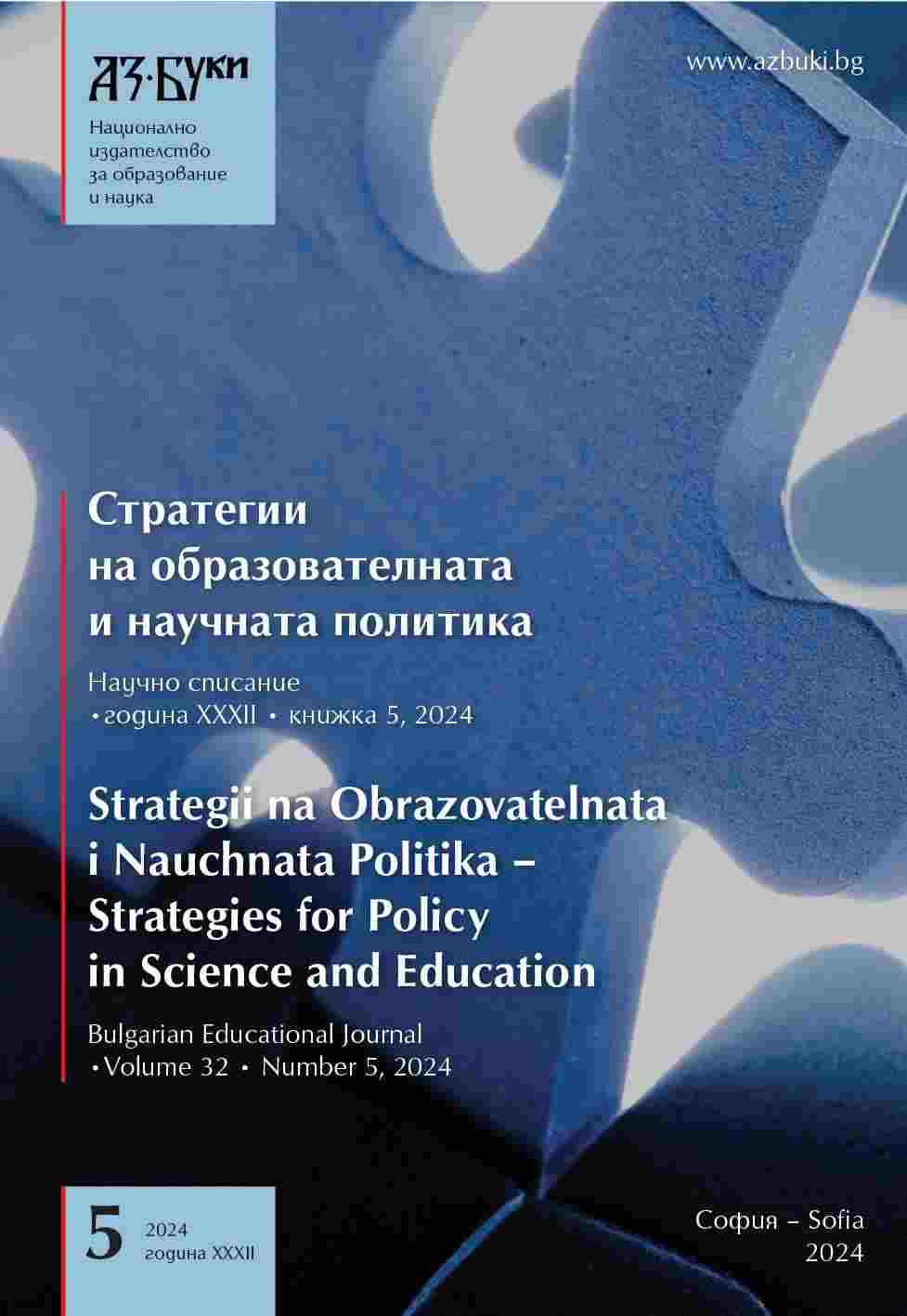
The current paper aims to give a comprehensive exploration of the Life Skills resources and sustainable development and the effectiveness of programs in the general development and positive identity of students in the Albanian educational system. The method used for this study is qualitative with a focus on literature review. Qualitative results revealed that increasing a positive development profile for students in schools impacts decision-making, effective development of interpersonal relations, self-awareness, and emotional management in a life-long education process. The current literature review analysis made us reflect that social support, social competencies, positive identity, and empowerment are the assets with the most specific weight and the highest clinical significance as a form of students’ positive development profile to be considered in future school curricula.
More...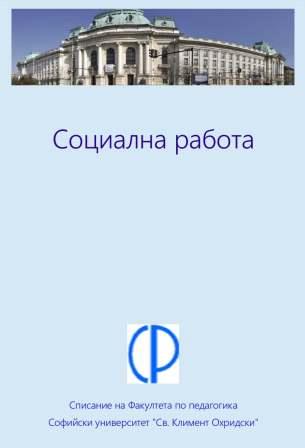
The development of social services over the past decade has been placed as a priority on the agenda of European policies. Regardless of the diversity of existing models, objectives and types of social services in European countries, the argument is put forward that they play a significant role in the well-being and integration of different groups and communities in need of social support. The article traces the evolution of social services in Europe and the main stages of reforming the sector in Bulgaria. The quantitative analysis of the types of social services in the context of the new legislation allows us to outline a model of social services, the effectiveness and practical implementation of which require additional research.
More...
This article presents results of an empirical study on the needs of children in early childhood age (0–7 years), including children with disabilities and their families. The data are used for the purposes of designing a new type of integrated social service for young children and their families. The authors outline the rationale for this idea in the context of the conceptual framework of the study and the conclusions from the desk research of the relevant policy and legal frameworks in Bulgaria. The empirical data and the findings from the desk research have served for drawing conclusions and recommendations for improving the responses to children and their families as part of the early childhood development policies and systems.
More...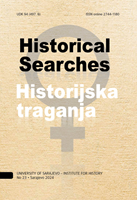
Review of: Ivana Dobrivojević Tomić, Između nebrige i neznanja. Žene, seksualnost i planiranje porodice u Jugoslaviji (1918–1991), Beograd: Arhipelag – Institut za savremenu istoriju, 2022, 276 str.
More...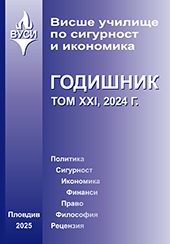
The concept of „pro bono“, as voluntary and unpaid work in the public interest, is briefly presented. Examples of it are given, with an emphasis on this type of activity in our country and a causal connection is made with motivation, as a driving force of human realization and its needs.
More...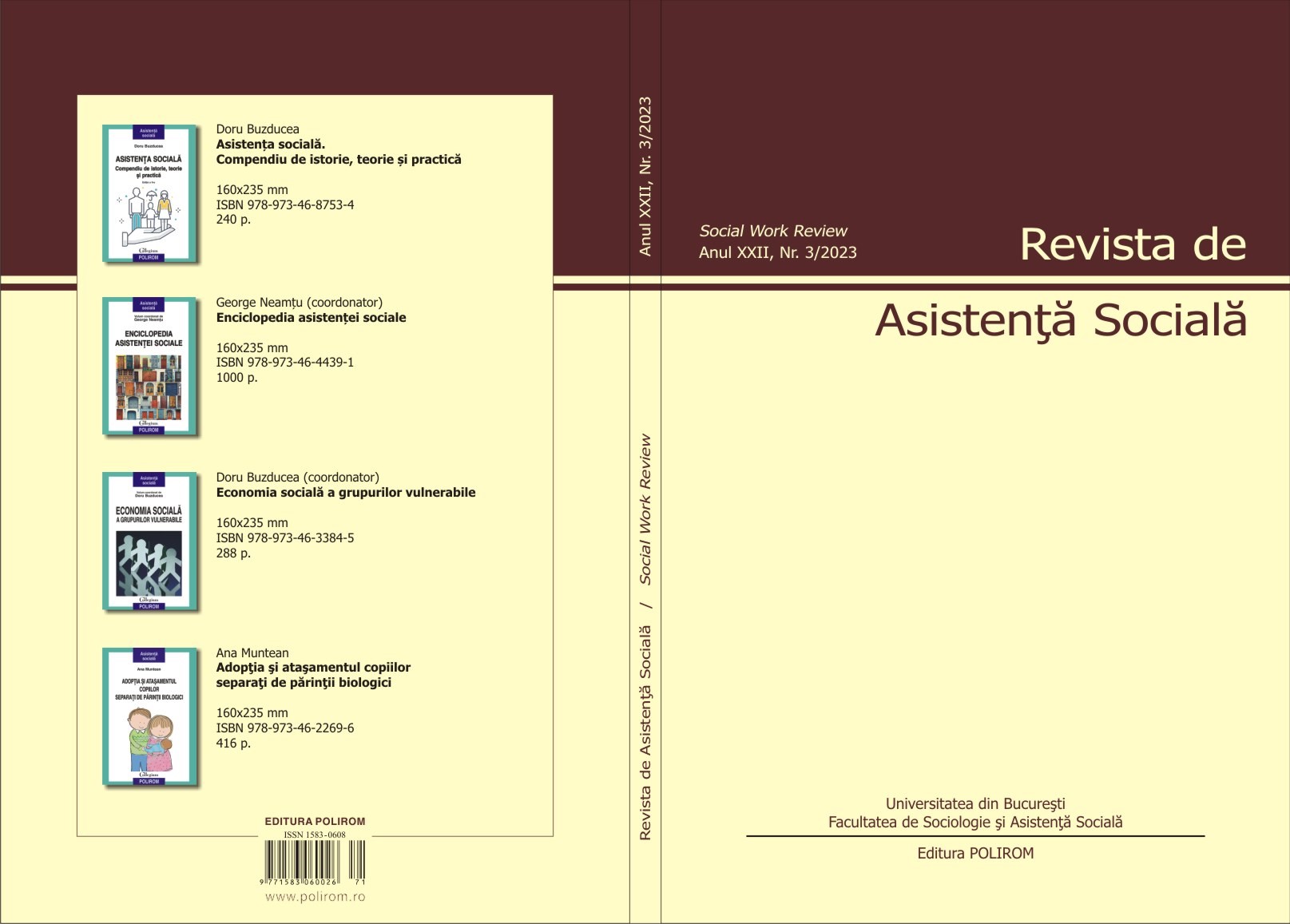
Social work has over time influenced various spheres of society, the understanding of social realities, problems, practices and policies. In the last three decades, various social, economic, political, cultural, environmental, technological, educational, health or demographic factors have allowed the evolution of ways of action and social intervention and contribute even today to the transformation of the role and practices of social workers. Social work is an evolving profession. New trends are constantly emerging in relation to the dynamics of individual, family, group, community and societal needs, and social workers are forced to respond with dexterity, in a creative manner to these needs and realities, in order to contribute to social welfare.
More...
Social work has over time influenced various spheres of society, the understanding of social realities, problems, practices and policies. In the last three decades, various social, economic, political, cultural, environmental, technological, educational, health or demographic factors have allowed the evolution of ways of action and social intervention and contribute even today to the transformation of the role and practices of social workers. Social work is an evolving profession. New trends are constantly emerging in relation to the dynamics of individual, family, group, community and societal needs, and social workers are forced to respond with dexterity, in a creative manner to these needs and realities, in order to contribute to social welfare.
More...
The term sexting, born in 2005, is still in its prime. Relying on a rather large number of image types (contextual, inoffensive sexual, joke, offensive an unethical sexual, private selfies, or public selfies), sexting among youth may have many causes. This paper is an attempt at providing a school social worker’s job description by answering questions such as: Who Sexts young people? What categories of young people are sexted? Where does sexting occur? When does sexting occur? How are young people sexted? Why are young people sexted? What are the Consequences of Sexting? And What Should Schools Do?
More...
The paper deals with the concepts of public and private life. Within the private life, family as a unit is to be tackled and within public life, I shall discuss about education and the impact it has on people's lives. According to the traditional pattern, the public realm is exclusively associated with men and the private one with women. Nowadays, significant progress has been made so that women can act their part in the public area and men, in their turn, in the private one. So, we can almost speak of an equilibrium.
More...